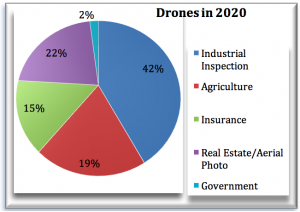Fly the Efficient Skies
Airbus offers its vision of the skies of 2050
Airbus, recently embarked on a two-year, global consultation with more than 1.75 million people through airshows, events and online as part of the “Future by Airbus” program. The program is intended to discern what people want from the future of air travel. In a piece published by Airbus, the answer is detailed. People want cheaper, greener, more entertaining flight. Toward that end, Airbus is developing more sustainable materials, efficient processes and forward-thinking designs to account for the expected increased volume of air travel and higher consumer expectations.
Forensic File
Popular Mechanics digs into wreckage analysis
When AirAsia Flight 8501 went down in the Java Sea, near the island of Borneo, the crash investigation was immediate and full-scale. This was a post Malaysia 8501-era wreck, so intense media coverage and a cautious tenor relative to global terrorism, no stone could be left unturned. In a relatively quick two and a half days, a team representing seven nations marshaled a fleet of ships, planes and drones to acquire the first pieces of wreckage. A picture of what might have happened then start to come into focus.
As reported in Popular Mechanics, the wreckage tells the flight’s story. The first few items found – a door, a gas cylinder, an equipment case – were spread about, but relatively intact. The fact they were spread about indicated that impact was not gentle, but packed a bit of a punch. That the individual items were relatively intact themselves indicates the impact, while hard, was not as hard as SilkAir 185, a suicide mission that impacted the ocean at the speed of sound and shredded nearly every inch of the plane. In a painstaking process of recovery and analysis, the plane reveals its mysteries.
Follow up reports, including those published by “Flying Magazine,” pointed to system malfunctions and miscommunication amongst the crew as the primary factors in the crash. Foul play, including terrorism, was ruled out.
Popularity of Drones on the Rise
FAA predicts 7 Million in U.S. by 2020
Today, there are an estimated 2.5 million drones that fly over American skies. About 1.5 million of those drones are being flown by hobbyists. This, according to the Federal Aviation Administration, is a number that will change dramatically in the years to come. As published in Popular Science, the FAA is reporting the number will increase to 7 million by 2020. This is not some far-off, imagined future, but rather just four short years away.
For Drones, the future is now. The FAA estimates use will break down like this:

The use of drones is moving so quickly, these numbers aren’t simple to forecast. The FAA numbers vary from other notable sources. Where studies seem to be in alignment is that the overall impact and influence of drones in the near future will be huge.

